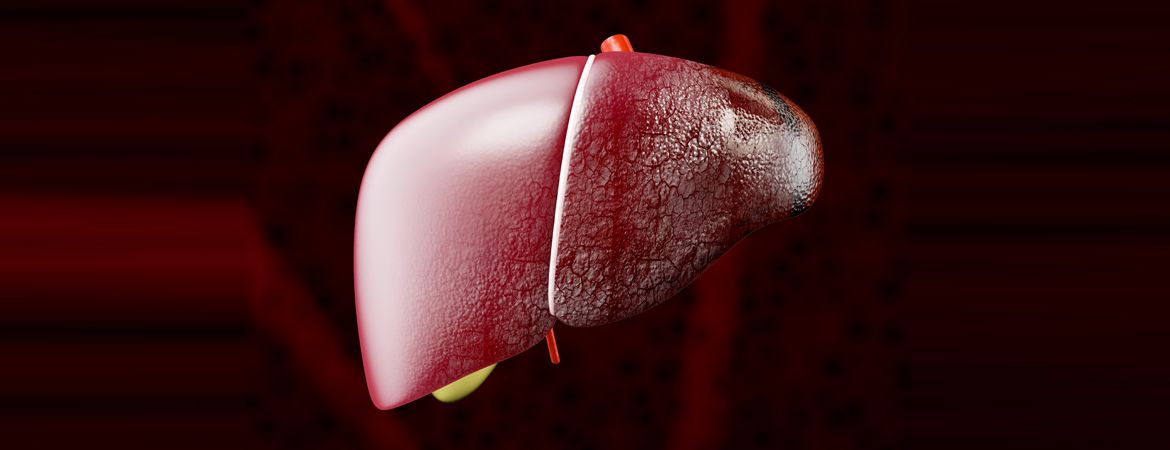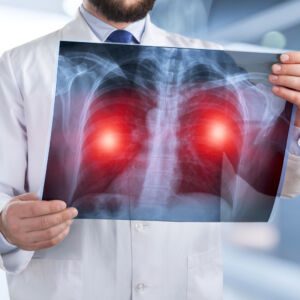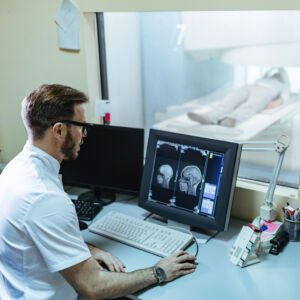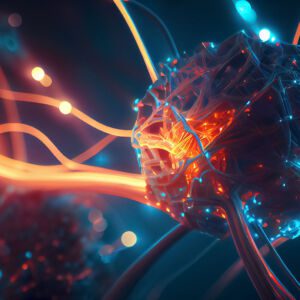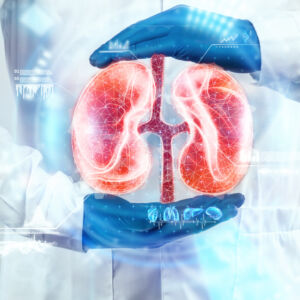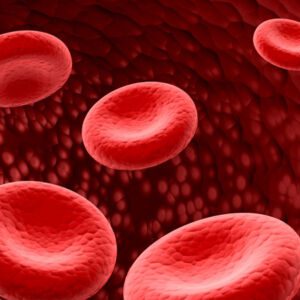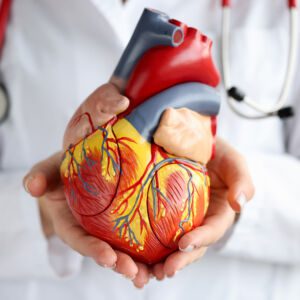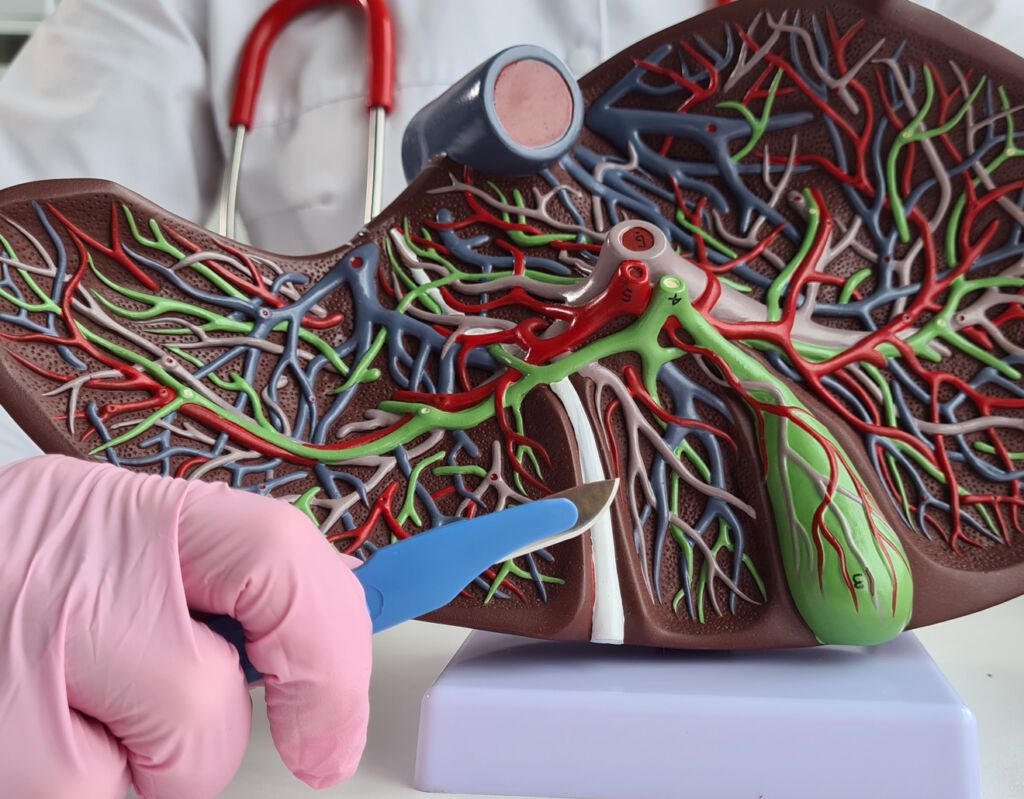
HEPATOLOGY
In medicine, diseases (or disorders) of the liver and bile ducts are a group of medical conditions that affect the liver and/or bile tree. They include infectious, metabolic and genetic diseases, as well as hepatocellular lesions due to cirrhosis or cancer.
Our medical teams treat diseases of the liver and bile ducts (stones, tumours, hepatitis, etc.).
Hepatitis is an inflammation of the liver caused by a viral infection.
There are five types of viral hepatitis: A, B, C, D and E. Acute viral hepatitis can lead to chronic hepatitis (persistent liver inflammation), which can lead to cirrhosis (scarring) and liver cancer.
liver cancer
Liver cancer is a serious disease that affects millions of people worldwide. It occurs when abnormal cells in the liver grow and divide uncontrollably, forming a tumor. The most common type of primary liver cancer is hepatocellular carcinoma, which starts in the main type of liver cell known as hepatocytes.
There are several risk factors for developing liver cancer, including chronic infection with hepatitis B or C virus, heavy alcohol consumption, obesity, diabetes, and exposure to certain chemicals such as aflatoxins.
However, it’s important to note that not all individuals with these risk factors will develop liver cancer and some cases may occur without any known risk factors.
Symptoms of liver cancer may include abdominal pain or swelling, unexplained weight loss, jaundice (yellowing of the skin and eyes), and changes in appetite.
If you are experiencing any of these symptoms or are at high risk for liver cancer, it is important to speak with your healthcare provider.
Early detection and treatment can greatly improve outcomes for this type of cancer. Treatment options may include surgery, radiation therapy, chemotherapy, targeted therapy, or a combination of these methods.
In addition to medical treatment, lifestyle changes such as maintaining a healthy weight, limiting alcohol consumption, and avoiding exposure to harmful substances can also help reduce the risk of developing liver cancer.
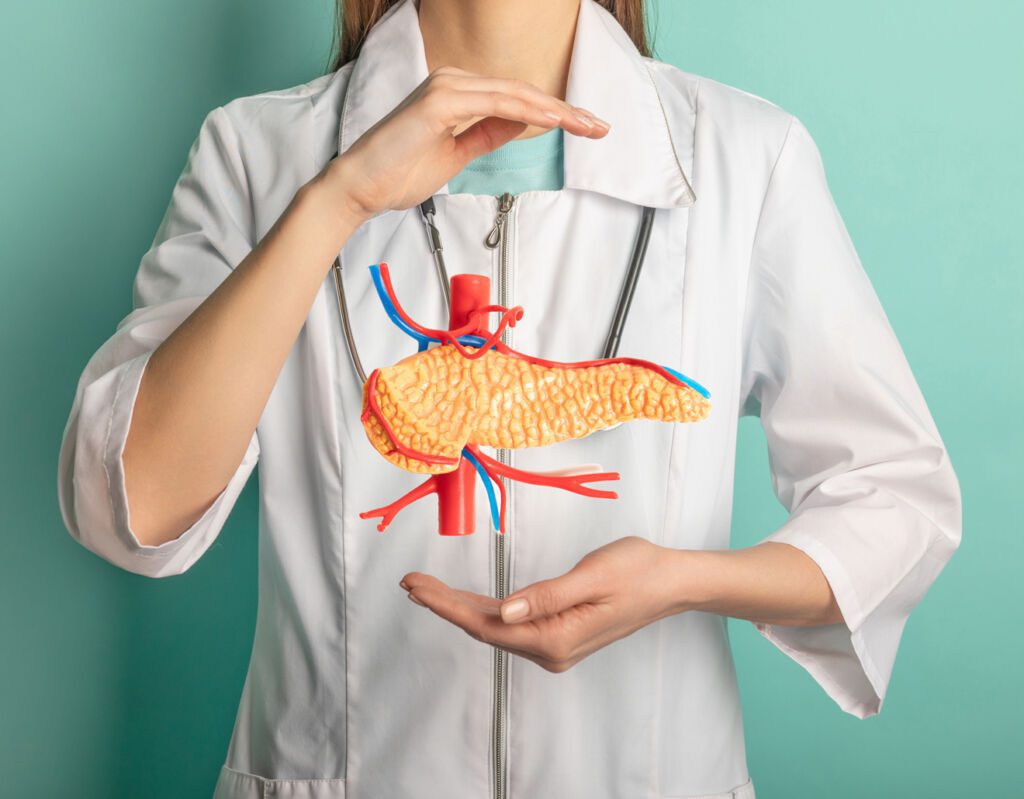
WHAT IS Bile secretion?
Bile secretion is a vital function of the digestive system. It plays an important role in breaking down fats, aiding in digestion and absorption of nutrients. Bile is produced by the liver and stored in the gallbladder before being released into the small intestine.
The process of bile secretion begins with the liver producing bile salts, cholesterol, and other substances which are then transported to the gallbladder for storage. When food enters the small intestine, a hormone called cholecystokinin (CCK) is released which triggers the release of bile from the gallbladder into the small intestine through a duct called the common bile duct.
Once in the small intestine, bile helps to emulsify fats by breaking them down into smaller droplets that can be easily digested by enzymes. This allows for better absorption of fat-soluble vitamins and fatty acids.
Bile also plays a key role in the elimination of waste products from the body. It carries away toxins, excess cholesterol, and other waste products that have been processed by the liver.
In addition to its digestive functions, bile also has antibacterial properties that help to keep harmful bacteria in check within the small intestine.
However, problems with bile secretion can occur if there is an obstruction or blockage in the common bile duct. This can lead to conditions such as gallstones, which are hardened deposits of cholesterol or bilirubin (a substance produced by the breakdown of red blood cells) that can cause pain and inflammation.
WHAT IS Liver biopsy?
Liver biopsy is a medical procedure used to diagnose and monitor liver disorders. It involves taking a small tissue sample from the liver for examination under a microscope. This can provide important information about the health of the liver, such as inflammation, scarring, or signs of disease.
The purpose of a liver biopsy is to help doctors make an accurate diagnosis and determine appropriate treatment options for their patients. It may also be used to monitor the progression or improvement of a liver condition over time.
Liver biopsies are typically performed in a hospital or outpatient clinic setting by a specialist called an interventional radiologist. The procedure is usually done using local anesthesia to numb the area where the needle will be inserted into the liver.
There are three main types of liver biopsy: percutaneous, transjugular, and laparoscopic. The most common type is percutaneous, which involves inserting a needle through the skin and into the liver to collect a small tissue sample. This can be done either with ultrasound or CT guidance to ensure precise placement of the needle.
Transjugular biopsy involves placing a thin tube called a catheter into a vein in the neck and guiding it down to the liver to collect a tissue sample. This method may be used if there are concerns about bleeding risk or if other liver diseases have damaged the surface of the liver making it difficult to access with a percutaneous biopsy.
Laparoscopic biopsy involves making a small incision in the abdomen and using special instruments to obtain samples from different areas of the liver. This method is less commonly used and may be reserved for cases where other methods are not feasible or have been unsuccessful.
Liver biopsies are typically performed in a hospital setting or an outpatient clinic, with local anesthesia to numb the area where the biopsy will be taken. The procedure usually takes about 15-30 minutes and patients can go home afterwards with minimal discomfort.
After the biopsy, the tissue sample will be sent to a laboratory for analysis by a pathologist who specializes in examining liver tissue. Results from the biopsy can provide valuable information about the health of your liver and help determine the best course of treatment.
We present to you some articles relating to pathologies treated in our Mediterranean clinic, with an effective and efficient medical and paramedical team.
Your Ultimate Guide to Gallstones: Prevention, Treatment and Lifestyle Changes
Liver cirrhosis is a serious condition that can cause permanent damage. Learn about the symptoms, causes and treatments in this comprehensive guide.
Colon cancer is one of the most common cancers in humans. This is a problem that affects the cells in the inner lining of the colon. When detected early, colorectal cancer is preventable.
You ask, our teams answer.
F.A.Q
Gallstones (supported by our Gastroenterology and Hepatology Department) are small hard deposits that form in the gallbladder. They are made up of cholesterol and other substances found in bile. The gallbladder is a small organ that is part of the digestive system. It stores bile until it is needed to digest fats in food. Bile is produced by the liver, stored in the gallbladder and released into the small intestine to help digest fats.
Gallstones can be as small as a grain of sand or as large as a golf ball. They are usually yellowish or brownish, but can be white or green. They are often described by their shape: Staghorn stones look like deer antlers, dumbbell stones look like dumbbells, and blocky stones have sharp edges like bricks.
Most people do not know they have gallstones until they have surgery to remove them, or until they have symptoms such as pain or bleeding in the bile ducts (the tubes that carry bile).
Hepatology is the branch of medicine concerned with the study, diagnosis, treatment and prevention of diseases of the affected liver. The word hepatology comes from the ancient Greek ἡπατο-, hēpatos meaning ‘liver’ and -λογία, -logia meaning ‘study’.
The liver is a vital organ that performs many functions for the body. It produces bile to aid digestion and stores energy in the form of glycogen. It also produces substances that help the blood to clot and destroy old red blood cells. The liver also helps to remove certain drugs from the blood and metabolises nutrients and vitamins.
Many diseases can affect the liver. These include viral hepatitis, cirrhosis (scarring of the liver), cancerous tumours and other cancers such as leukaemia (blood cancer). There are also autoimmune diseases that affect this organic system, such as primary biliary cirrhosis (PBC), which is an inflammation of the bile ducts within the walls of the liver membrane tissue, resulting in scarring and blockage of these structures, which can eventually lead to cirrhosis if left untreated for too long without appropriate medical intervention. Other autoimmune diseases can also affect other organs in your body, such as rheumatoid arthritis.




